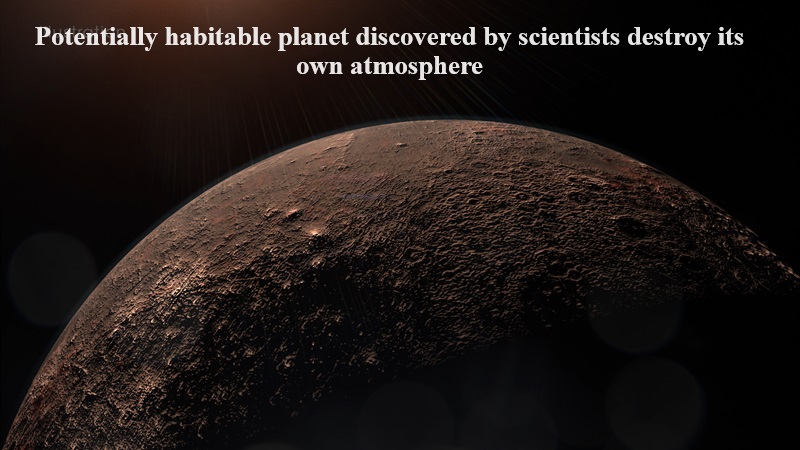
Scientists have discovered that a potentially habitable planet, named Trappist-1e, has undergone the destruction of its own atmosphere, rendering it inhospitable to alien life. The planet’s proximity to its red dwarf host star has resulted in the creation of electric currents, ultimately leading to the stripping away of its atmosphere.
This revelation holds significant importance, particularly within the context of the Trappist-1 system, where this exoplanet orbits a small red dwarf star. The Trappist-1 system has been a focal point in the search for alien life. Among the seven Earth-like planets in the system, at least three reside within the habitable zone—a region around a star that offers conditions suitable for supporting liquid water.
However, the absence of an atmosphere on a planet, even if it lies within the habitable zone—also known as the “Goldilocks zone”—renders it incapable of retaining liquid water. The current state of Trappist-1e indicates that while it may exist within the habitable zone of the red dwarf Trappist-1, located 40 light-years away from Earth, its potential habitability may be transient.
The phenomenon responsible for the atmosphere depletion on Trappist-1e is likely to have affected the atmospheres of other planets within the habitable zone as well. This development diminishes hopes of discovering life within the Trappist-1 system.

Post Your Comments